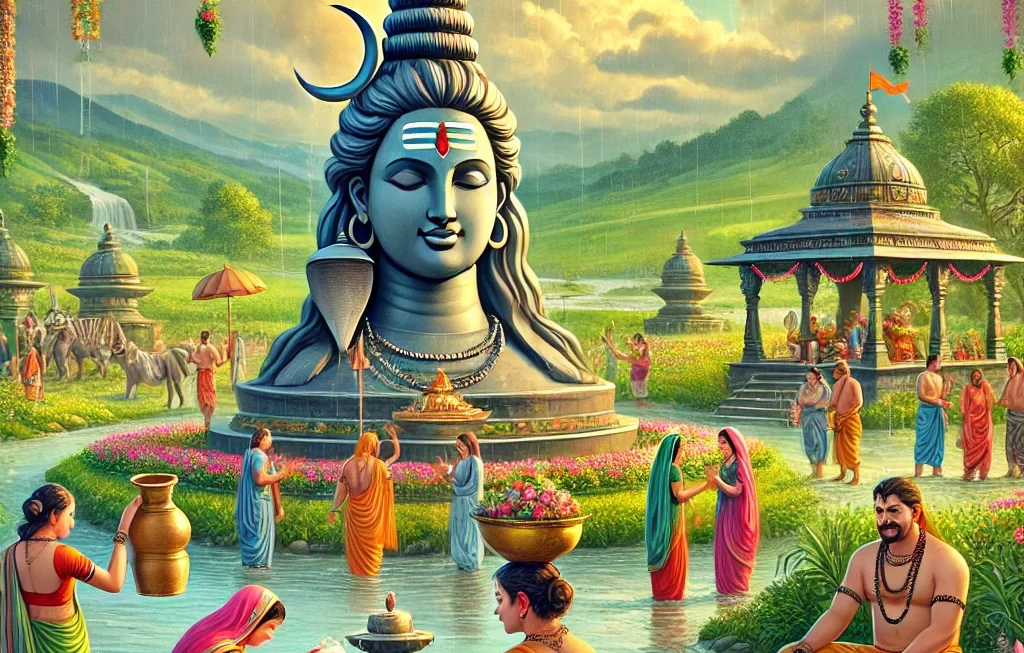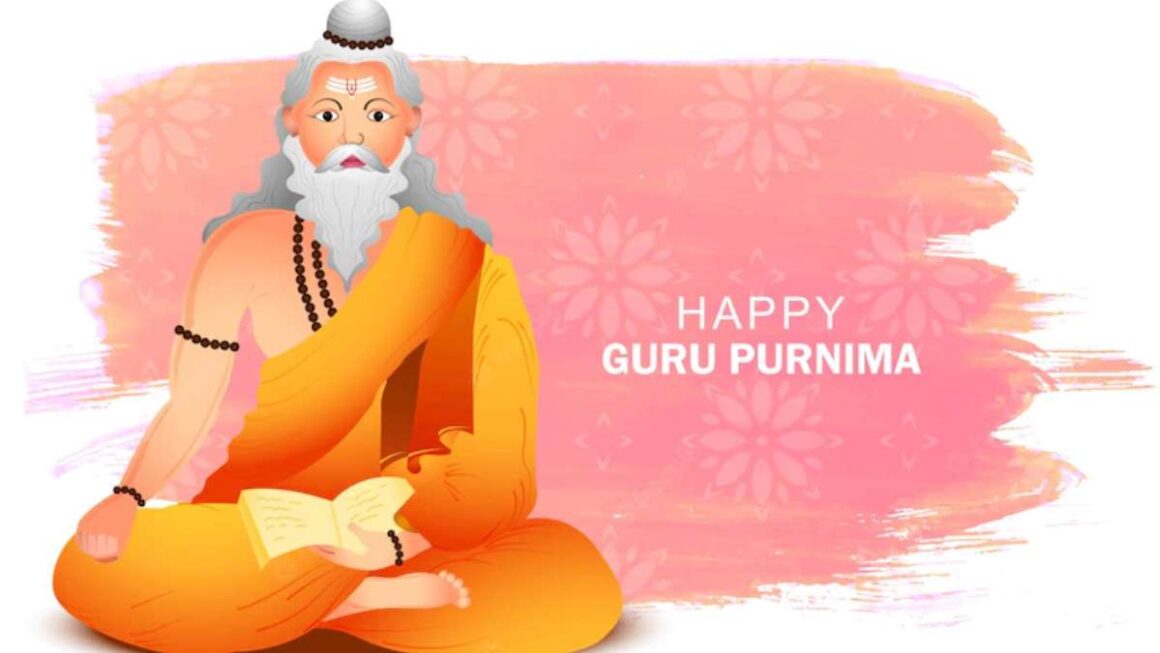In the vast landscape of self-improvement, ancient Indian texts provide a rich source of psychological insights. The Bhagavad Gita introduces the concept of Gunas, Ayurveda offers the framework of Doshas, and the Taittiriya Upanishad outlines the five Koshas. These frameworks not only enhance our understanding of personal traits but also guide us in achieving a balanced life. Here’s an in-depth look at how these ancient concepts can be applied today to foster self-awareness and holistic growth.
The Three Gunas: Understanding Your Psychological Tendencies
The Bhagavad Gita describes three fundamental qualities or Gunas that exist in all people and things. These are Sattva, Rajas, and Tamas. Understanding these can provide deep insights into our behavior and personality:
- Sattva (Purity): Sattvic qualities include wisdom, harmony, and truthfulness. Individuals with a predominant Sattva are often calm and ethical, and their decision-making is guided by a quest for truth. Cultivating Sattva involves practices that promote peace and mental clarity, such as meditation and consuming a balanced diet.
- Rajas (Activity): Rajas drives passion, energy, and motion. Rajasic people are ambitious and active but can also be impulsive and discontented. Balancing Rajas typically requires activities that channel energy positively, such as engaging in purposeful work and regular physical exercise.
- Tamas (Inertia): Tamas is characterized by obscurity, ignorance, and inactivity. A tamasic individual may feel lethargic or apathetic, often resulting in resistance to positive change. To counterbalance Tamas, it is advised to create routines that encourage movement and awaken the mind.
The Three Doshas: Your Physical and Emotional Constitution
Ayurveda, the traditional Indian science of life, categorizes the natural constitution into three doshas: Vata, Pitta, and Kapha. Each dosha reflects particular physical and emotional characteristics:
- Vata (Air + Ether): Vata governs movement and change. Those with a Vata-dominant constitution are creative, quick, and flexible but may also experience issues like anxiety and inconsistency. Stabilizing Vata involves regular schedules, warm food, and calming activities.
- Pitta (Fire + Water): Pitta oversees digestion and metabolism. Pitta types are intense and intelligent, but can suffer from issues like irritability and inflammation. Cooling the Pitta dosha can be achieved through eating cooling foods, practicing moderation in activities, and seeking moments of calm.
- Kapha (Water + Earth): Kapha maintains body strength and fluid balance. Predominant Kapha individuals are grounded and steady but may struggle with sluggishness and weight gain. Activating Kapha requires a routine that includes physical activity and a diet that avoids heavy foods.
The Five Koshas: Layers of Existence
The Taittiriya Upanishad expands on the concept of self through five layers or sheaths, each representing a different aspect of existence:
- Annamaya Kosha (Food Sheath): This is the physical body, nourished by food. It’s the most tangible aspect of our being, directly influenced by our diet and physical health.
- Pranamaya Kosha (Vital Air Sheath): This sheath includes our breath and energy systems, vital for linking the mind and body. Practices like pranayama (breath control) are crucial for balancing this layer.
- Manomaya Kosha (Mind Sheath): This layer encompasses our mental and emotional processes. Maintaining psychological health at this level involves managing stress and emotional wellbeing through meditation and mindfulness.
- Vijnanamaya Kosha (Intellect Sheath): This sheath represents our deeper wisdom and discernment. Cultivating this involves engaging with complex ideas, self-study, and reflective practices that challenge our intellectual boundaries.
- Anandamaya Kosha (Bliss Sheath): The innermost layer, symbolizing the ultimate joy and spiritual ecstasy. Accessing this sheath is often the goal of deep meditative and spiritual practices, leading to a profound sense of peace and connectedness.
Practical Applications and Benefits
Integrating the knowledge of Gunas, Doshas, and Koshas can dramatically enhance your understanding of yourself and the world around you. Recognizing whether your current state of unrest is due to an imbalance in Rajas or Vata, for example, can help you select the most effective practices to regain equilibrium. Tailoring your diet to suit your dominant Dosha can improve both your physical health and emotional disposition. Finally, exploring the deeper layers of the Koshas can aid in connecting with your higher self, paving the way for ultimate bliss and enlightenment.
By exploring and applying these age-old concepts, we not only deepen our self-knowledge but also enhance our ability to live a balanced and fulfilling life. Embrace this wisdom to navigate the complexities of modern life with ancient insights.




